During the aftermath of the great depression, flour, sugar, animal feed and other commodities manufacturers started getting creative with their advertising and branding campaigns. They discovered that a lot of their clientele were re-purposing the cloth sacks that their products came in to make clothing, quilts, and other garments.
In rural areas hit the hardest, people were getting creative bleaching logos off, and other means to try and remove branding, and tell-tales signs that they were using the old sacks, as this was a point of embarrassment and indicated poverty and low means.

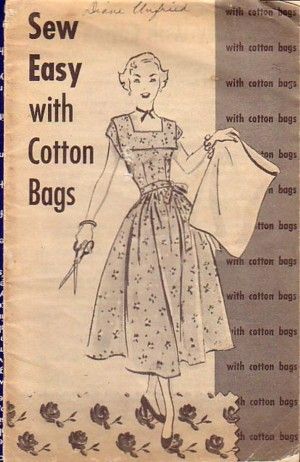
Manufacturers, as a sign of good faith, and because MARKETING, began removing their branding, and creating floral patterns, and other desirable prints on their cloth packaging to entice consumers to choose their products over their competitors. Consumers were literally shopping for flour or feed for their livestock while at the same time shopping for fabrics!
There are stories of mothers bringing their children shopping with them to pick out their preferred patterns to later make into clothing, dresses, or quilts.
This practice was further encouraged during the start of WWII, as textile manufacture resources were rationed due to the war efforts. Feed sacks and the like were considered part of the industrial category and were not rationed. Recycling of materials was also encouraged by the government.
After the war, the use of cloth for sacks was largely replaced by cheap paper, and we chalk this up to the history books. Some of these items are still handed down in family tradition, for sentimental reasons, and to remember the past.

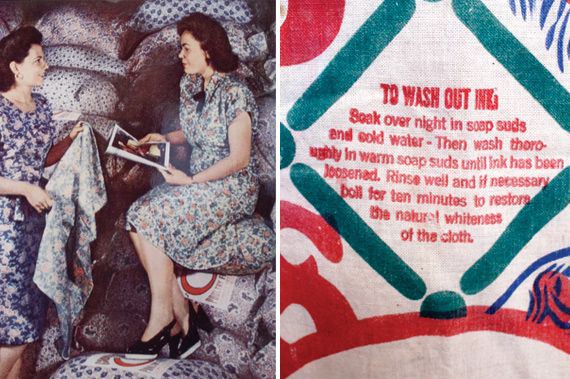

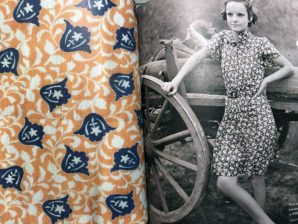
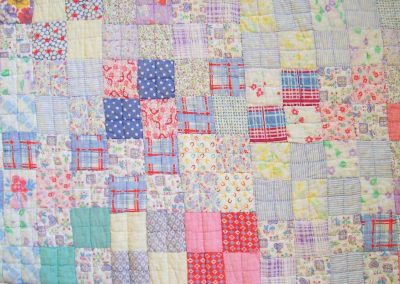
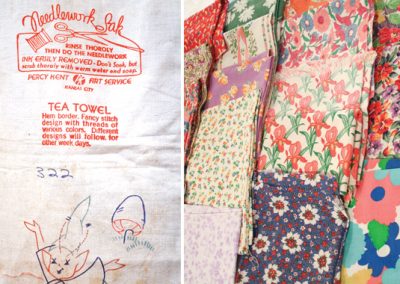

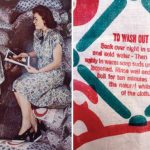
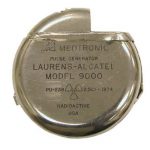



Recent Comments